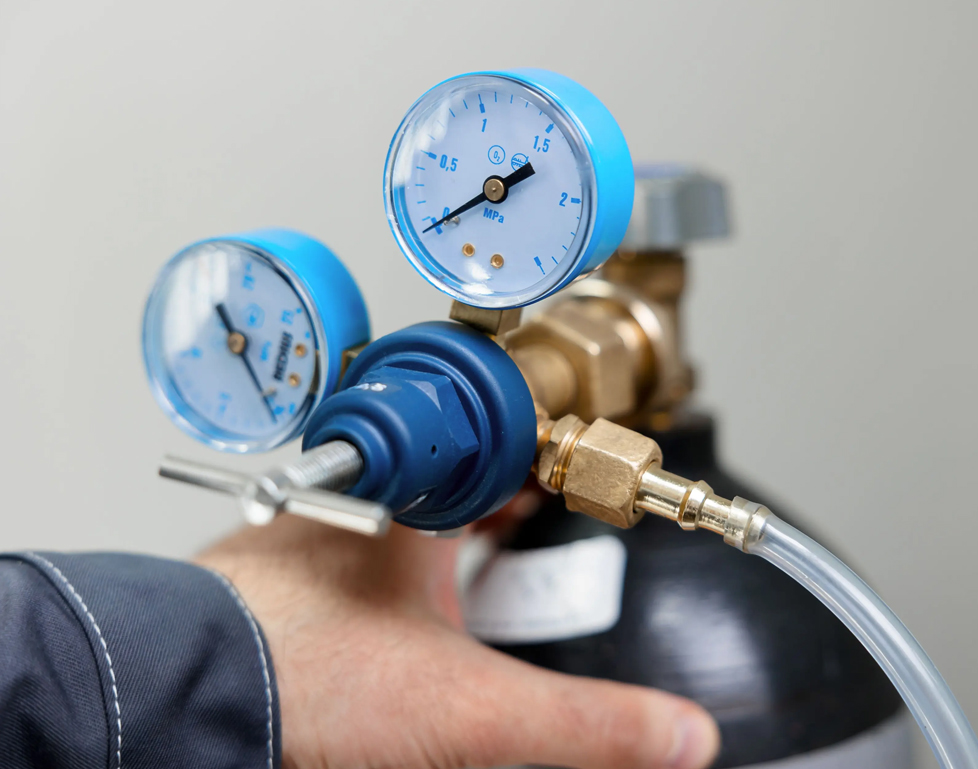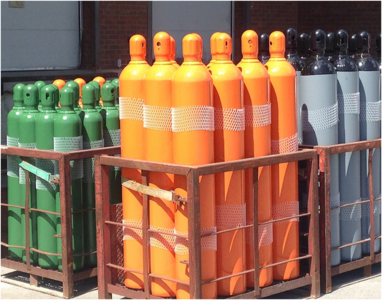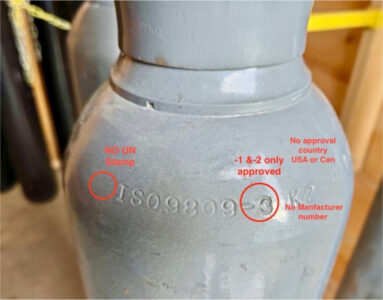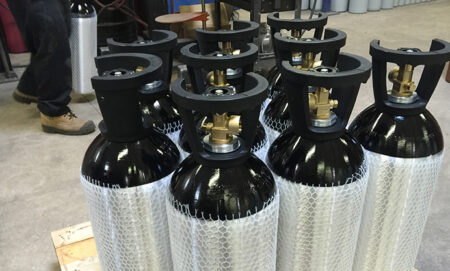Gas cylinders designed to work at high pressures must be thoroughly tested. Using the hydrostatic test, you can track down any hidden defects in a part, such as cracking or weakening, that might result in calamity. When users regularly test the cylinders, they will prevent accidents and stay within safety standards.
What is Hydrostatic Testing?
A cylinder filled with water was then over-pressed above its expected pressure points, and its performance was monitored. The purpose of this experiment was to find out if a bottle can sustain high-pressure gases safely or if it will Crack open.
Here’s a step-by-step analysis of how it’s done
- Preparation: The cylinder is emptied, cleaned, and visually inspected.
- Filling with Water: The cylinder is filled with water, which does not compress under pressure, making it safer to test with gas.
- Pressurization: A pump increases the cylinder’s internal pressure to test its strength.
- Measuring expansion: The cylinder’s expansion is observed to identify where forces collect, for instance.
- Inspection After Pressure Release: The pressure is released, and the cylinder is checked for permanent deformation or other problems.
Why is Hydrostatic Testing Important?
Hydrostatic testing is essential for several reasons:
- Prevents Accidents
Canisters defective under pressure could burst, causing injury. Regular tests identify whether the cylinder is safe before it’s too late. - Extends the Lifespan of Streams
By testing, we keep the cylinders in good condition. When they fail, regular upkeep saves on expensive replacements and inconvenience for customers. - Compliance with Regulations
Transport Canada must regularly test high-pressure gas cylinders. Hydrostatic testing, therefore, brings many businesses into compliance with the law. - Peace of Mind
Knowing their cylinders are safe and reliable for businesses and their customers can help them avoid trouble.
When Should You Test Your Cylinders?
Most cylinders need hydrostatic testing every 5 to 10 years, depending on their type and usage. If a cylinder shows visible damage, such as dents or corrosion, it should be tested immediately, regardless of age.
Conclusion
Hydrostatic testing is a simple, effective way to ensure cylinder safety. It protects users, extends equipment lifespan, and meets legal standards. Regular testing is an investment in safety and reliability.
For professional hydrostatic testing services, contact Certified Cylinder Services Inc. today!







